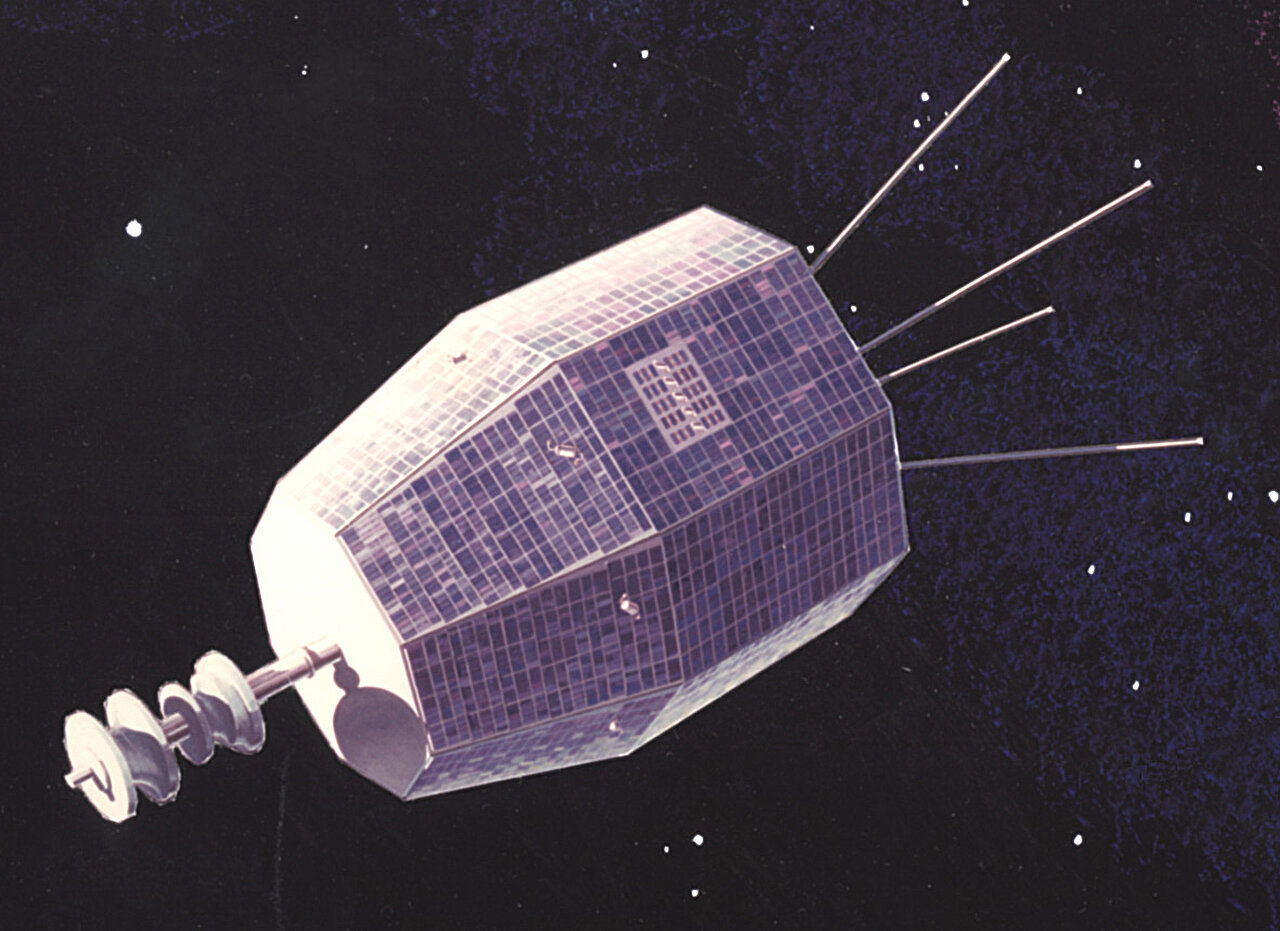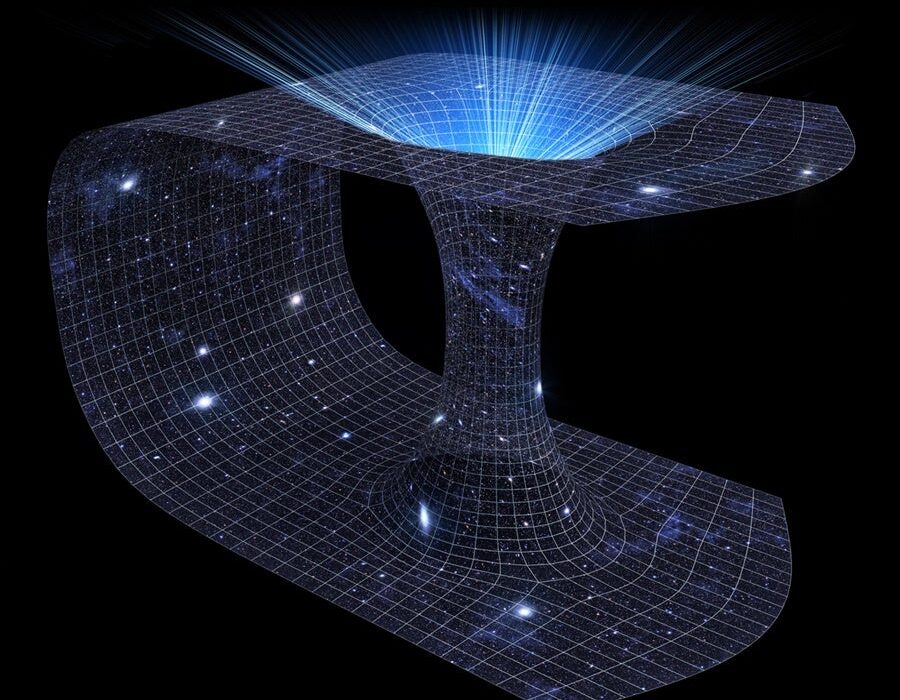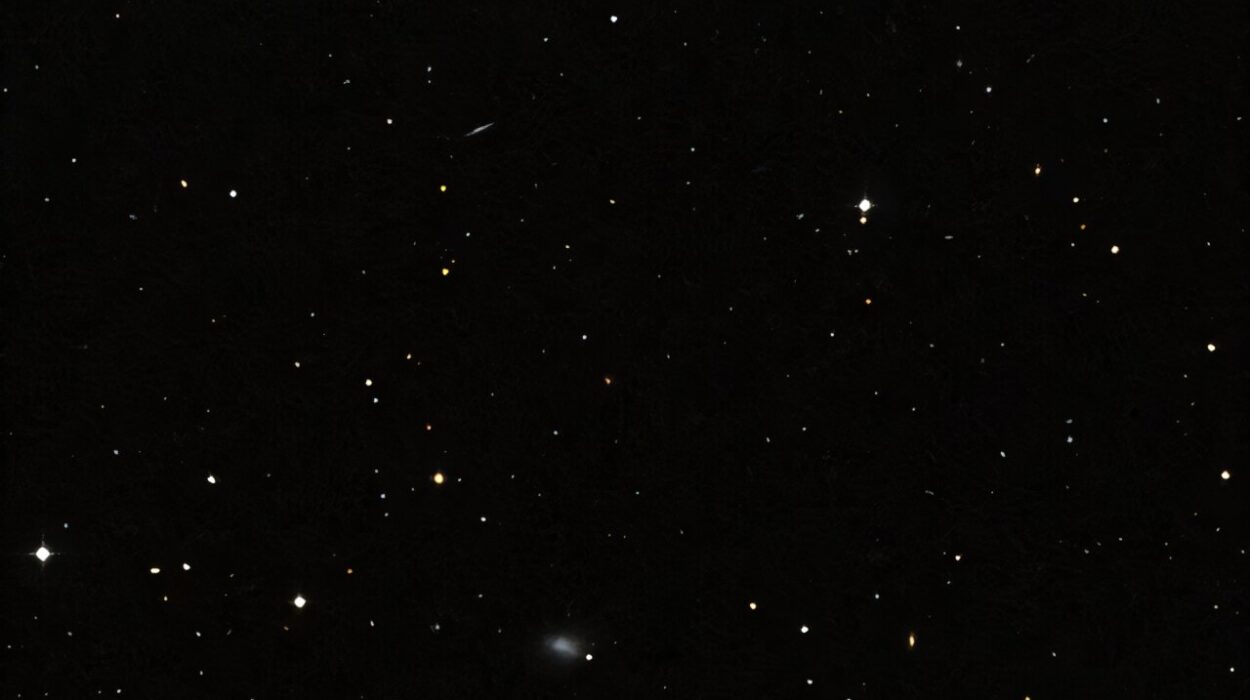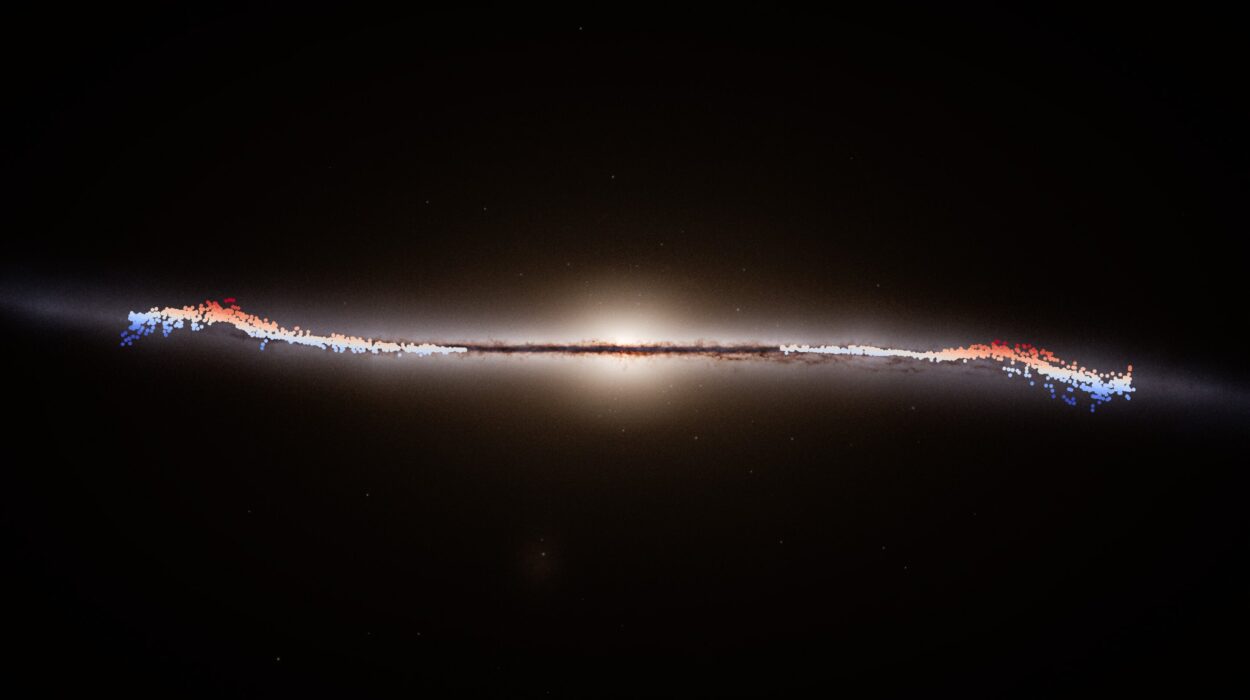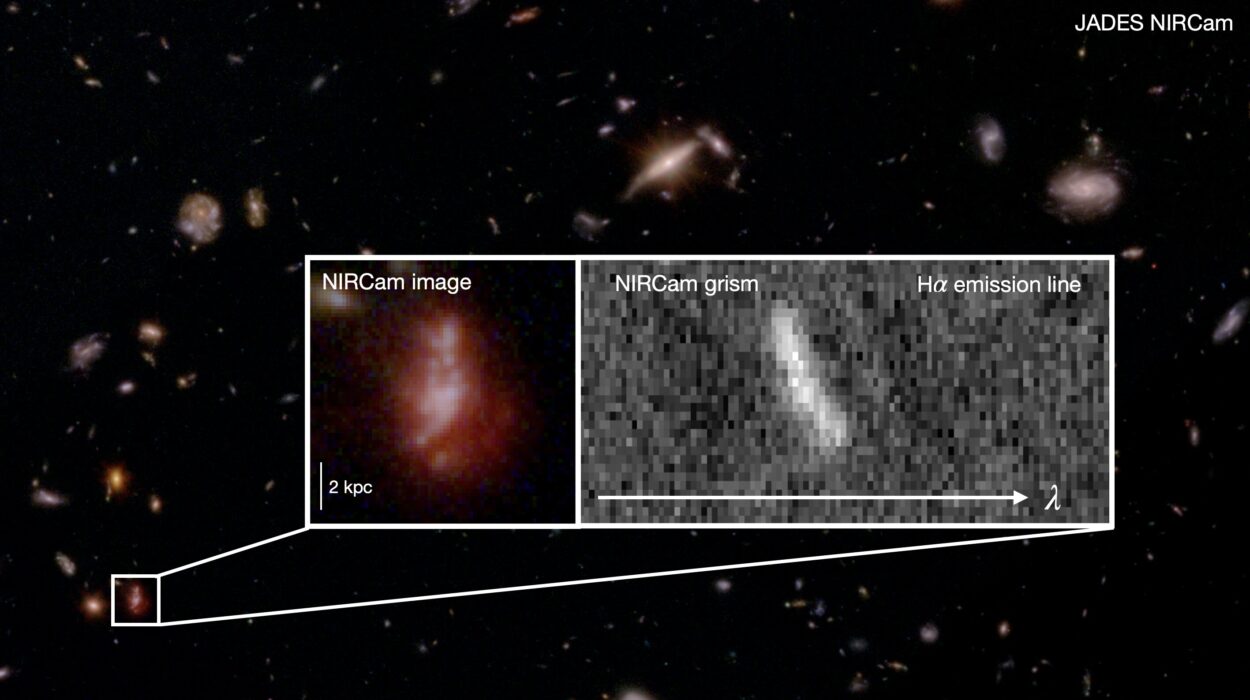On a cold June night in 2024, astronomers at the Australian Square Kilometer Array Pathfinder (ASKAP) were scanning the sky as they often do—listening for whispers from the farthest reaches of the cosmos. Somewhere in the hum of the universe, they caught it: a powerful, sharp burst of radio energy that lasted for less than 30 nanoseconds—thirty billionths of a second. In the world of fast radio bursts, or FRBs, it was a standout: stunningly brief, shockingly intense, and completely unexpected.
Initially, they did what scientists have been trained to do. They assumed the source was something impossibly far away—some dying star, some black hole collision, some energetic event from billions of light-years beyond our solar system. That’s where FRBs usually come from. They’re one of astronomy’s biggest unsolved mysteries: bright, fleeting pulses of radio waves from the distant universe that vanish as quickly as they arrive.
But this one didn’t fit the mold. As the data rolled in and the analysis deepened, the team began to realize they weren’t hearing a message from the edge of the universe.
They were hearing a ghost from Earth’s own backyard.
A Satellite Long Forgotten
The pulse, it turns out, didn’t come from the stars at all. It came from something circling right above our heads—Relay 2, a NASA satellite launched in 1964 and believed dead for over half a century. According to the team’s paper, now available on the preprint server arXiv, the signal was so intense because the satellite was passing directly over the ASKAP facility at the time of the burst. The proximity gave it an unusual sharpness and strength—bright enough to outshine everything else in the sky for that fleeting moment.
Relay 2 wasn’t supposed to be heard from again. It had lived a short life in space, serving as an experimental communications satellite for just under a year before its systems failed in 1967. From then on, it became what space agencies refer to as “space debris”—a silent, inert husk orbiting Earth among thousands of others, forgotten except by the most meticulous satellite catalogues.
And yet, on June 13, 2024, Relay 2 made itself known again.
When the Dead Speak
But this was not resurrection. The team isn’t claiming Relay 2 came back to life. “We don’t believe the satellite suddenly powered on or rebooted,” they note. Instead, the cause of the FRB-like pulse appears to be far more mundane, though no less fascinating.
The likeliest explanation? A discharge of built-up electrostatic energy. As satellites drift through space, they accumulate charge from solar radiation and charged particles in the upper atmosphere. Over time, this charge can build to a tipping point, suddenly releasing in a burst of energy—something akin to a lightning strike in miniature.
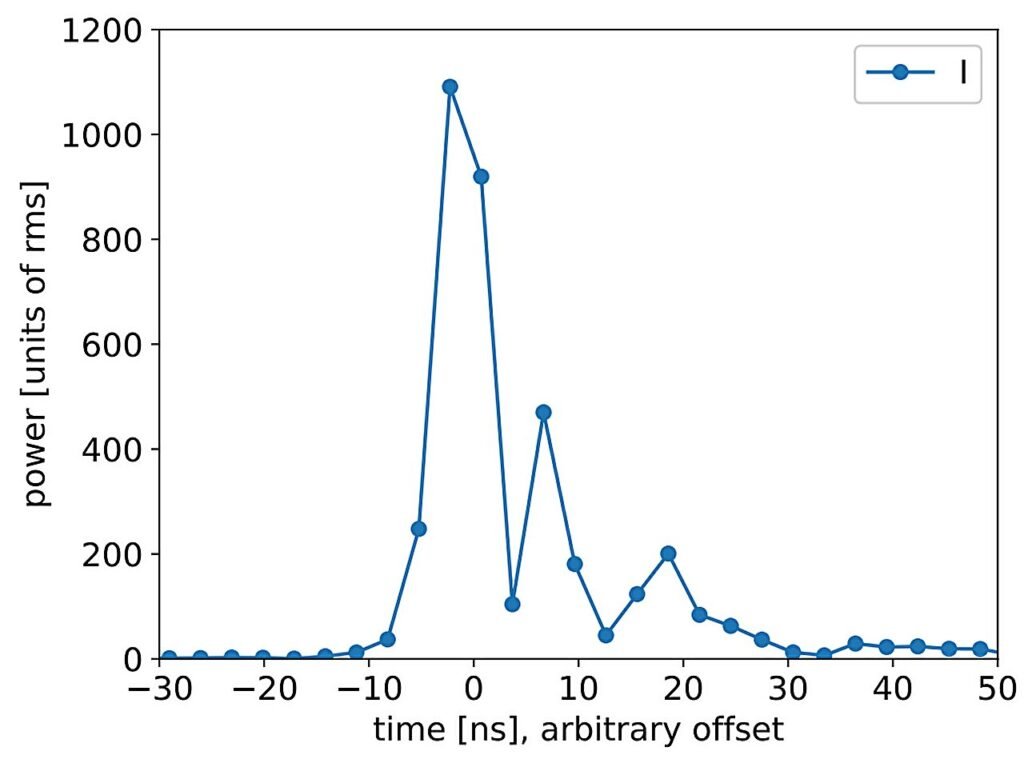
This phenomenon, while rare, has been observed in other dead spacecraft. An alternative theory is that a micrometeoroid—a speck of dust moving at tens of kilometers per second—struck Relay 2, causing a small plasma explosion that emitted the strong pulse detected by ASKAP.
Either way, the result was the same: a signal that mimicked the characteristics of a cosmic FRB with startling accuracy.
Redefining What We Listen For
The implications of the discovery are both humbling and profound. For one, it serves as a cautionary tale in radio astronomy—not all that twinkles is from the stars. Earth’s orbital graveyard is filled with silent travelers, and sometimes, they whisper.
But more than that, this moment reveals new opportunities. “This event shows us that even dead satellites can teach us something,” the team said. If a decommissioned spacecraft can emit a signal so clean and powerful that it confuses an entire observatory, then we need to broaden our understanding of near-Earth radio phenomena.
It could even help create new strategies for monitoring space junk. With the number of satellites and debris in low-Earth orbit rapidly increasing, understanding how and when they emit signals—intentional or otherwise—may be crucial for safety, communication systems, and astronomy alike.
Echoes from a Forgotten Machine
There’s something haunting about the image: a machine, launched when humans were still dreaming of reaching the Moon, drifting silently for nearly six decades, only to suddenly speak one last time in a voice no one expected. It’s easy to imagine Relay 2 as a relic of Cold War ambition, jolted awake by the brush of a dust grain or the crackle of electrostatic charge, sending a final burst of energy into the void before falling silent again.
To the scientists at ASKAP, it was a startling anomaly. To the rest of us, it’s a reminder that space is never truly silent. Every piece of metal in orbit has a story, and some of those stories still have surprises left to tell.
For a brief moment in June, one of those stories shouted across the sky—and we were lucky enough to be listening.
Reference: C. W. James et al, A nanosecond-duration radio pulse originating from the defunct Relay 2 satellite, arXiv (2025). DOI: 10.48550/arxiv.2506.11462
